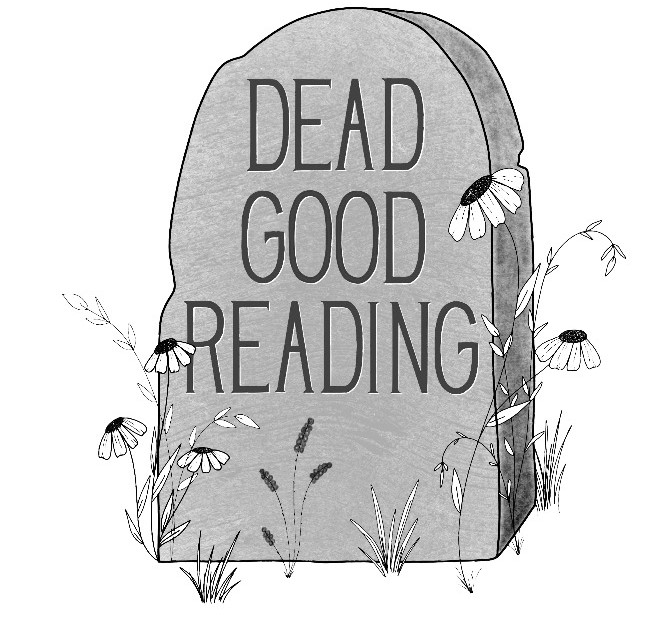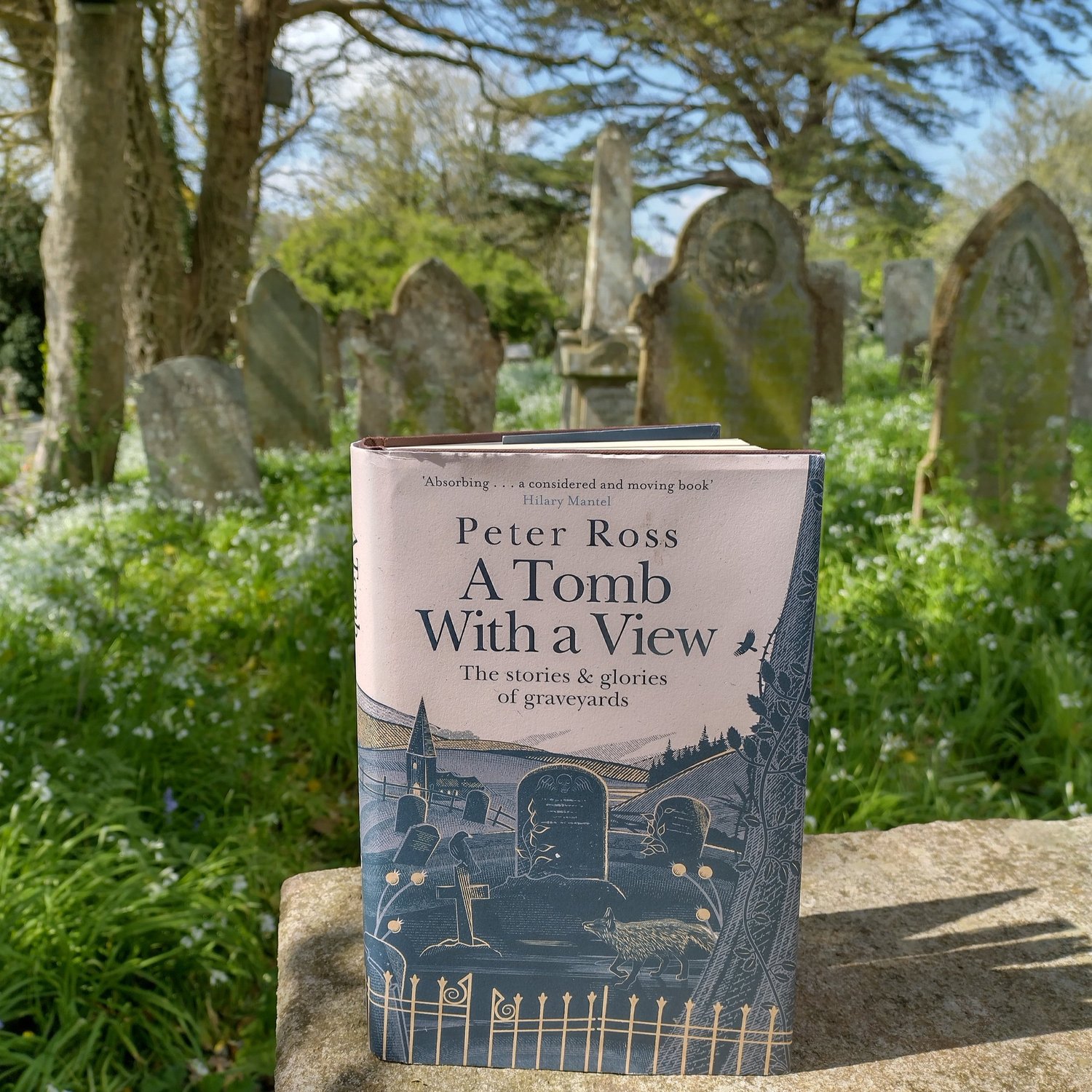A Tomb With a View: the stories and glories of graveyards is the first book I am writing about that is actually concerned with cemeteries. I was surprised (but should not have been really, as I was present during all my reading) that it has taken me over a year to pick a book about graveyards. This shows the wealth of books about death, dying and the dead; you can spend years reading about these topics and never encounter a single place for burial. But here we are. And Peter Ross’s stories do not disappoint.
A tomb with a view brings to live so many aspects of history that might easily be forgotten; inconspicuous tomb stones can have a wealth of fascinating information about the past behind them. These gardens of death provide ample prompts for both individual life histories as well as large historic events.
“Jim Tipton, founder of the Find A Grave website, calls cemeteries ‘parks for introverts’, which sounds about right”
— Ross Page: 3
The purpose of a cemetery will differ depending on the social context. Firstly, it is obviously a place to bury the dead, but many cemeteries are filled to capacity and since burial in the UK is in perpetuity, spaces are running out. In the Netherlands you rent a plot for X number of years, as you can buy ‘grafrechten’ or burial rights. After this period has lapsed people can chose to renew this period but if the bill is not paid, a grave will be cleared and made available to a new person. I am in two minds of both systems; on the one hand I thoroughly enjoy wandering around cemeteries that have very old burial plots, yet on the other hand, if people continue to wish to be buried, they have to go somewhere. And if UK practices don’t change than after a while the whole country will virtually be a graveyard. But with the disappearance of graveyards, so will the stories and the people behind them.
“To the taphophile – a lover of graves- Sheridan’s lair is the equivalent of a rare bird to the twitcher. The thrill is discovering something in a place where it should not be. A Blackburnian Warbler, blown off course by an Atlantic storm to St Kilda, doesn’t mean much to people like me, but give us a weird ersatz grave in some unlikely nook and we’re delighted”
— Ross Page:11
A tomb with a view is filled with anecdotes and lovely stories about people who I had never heard about, and whose stories would not have made it into Ross’s book were it not that he encountered their tomb stone. Ross takes us both burial sites that seem obvious and well-known as well as more obscure places. Well-known examples include war graves and Karl Marx’s plot at Highgate. Yet I was most interested in the lesser known stories the stories of, for example, grave diggers and people who organise tours in cemeteries. There are stories of witchcraft and stories of ghosts; burial grounds really reveal the range of human history and changing sets of beliefs.
Yet while I say ‘well-known’ examples, we will not know how these cemeteries will be used in the future, and there is always a chance that stories that are part of our communal history will be forgotten. It is therefore wonderful that Ross has collected and written down these stories; if the physical cemeteries disappear the stories behind them will be around for as long as copies of A Tomb With a View are available.
The final chapter of A Tomb with a View discusses Arnos Vale, a cemetery in Bristol, England and one that I am quite familiar with, as I lived next door in Bath for four years. I have experienced first-hand the knowledge of public engagement manager Janine Marriott, as she provided a tour during the fourteenth edition of the Death, Dying and Disposal conference that is held biennially. While she was excellent, and had an answer to even the most random question, nothing will top the disco in the chapel that marked the end of the evening. While I have experienced discos and even karaoke-nights at conferences before, dancing at a cemetery was a first and it will be a memory I will always cherish. Ross notes that Arnos Vale is not only a site for burial, it has proven to be a popular wedding location as well.
On Twitter someone described A Tomb With a View as a ‘conversation with a friend’, and I second this sentiment. The book is a lovely journey through time and space that illuminates what is hidden behind those tomb stones.



Leave a Reply